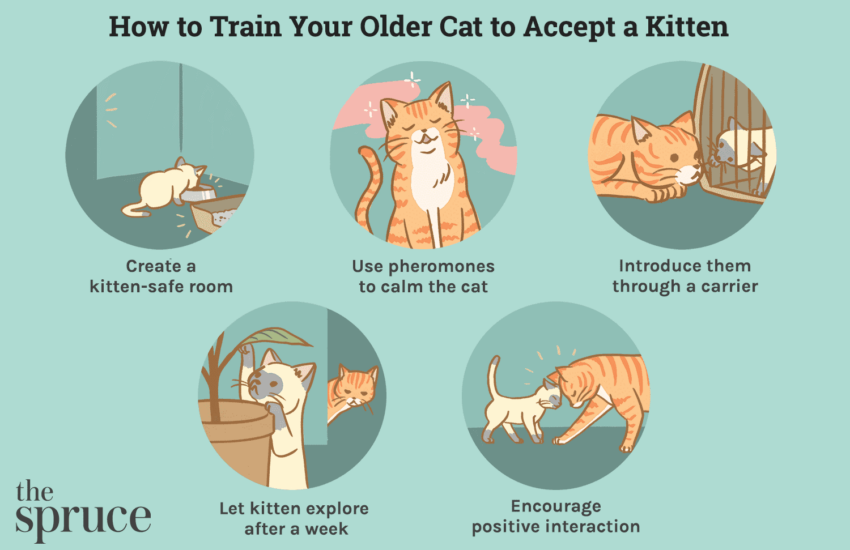Best Practices for Introducing New Hamsters
Introducing a new hamster to your home or integrating one into an existing hamster family can be a rewarding experience, but it requires careful planning and consideration. Hamsters are territorial creatures, and the introduction process should be gradual to ensure a smooth transition and avoid potential conflicts. In this article, we’ll explore the best practices for introducing new hamsters, highlighting essential steps to create a harmonious environment.
Understanding Hamster Behavior
Before diving into the introduction process, it’s crucial to understand the behavior of hamsters. **Hamsters are naturally solitary animals** and may not always adapt well to sharing their space with another. Each hamster has its unique personality, and some may be more accepting than others when it comes to new companions. Recognizing these behaviors can help you set realistic expectations while introducing new hamsters. Additionally, understanding **territorial instincts** can prevent unnecessary stress during the introduction phase. Using a separate cage for the new hamster during the initial period allows them to adjust without pressure from the established hamster, making the meeting less confrontational.
Choosing the Right Cage Setup
Your cage setup plays a significant role in the introduction process. Initially, place the new hamster in a separate cage with all the necessary equipment, such as food, water, a wheel, and hiding spots. Ensure that this cage is located near the other hamster’s enclosure but not directly visible—this arrangement allows the hamsters to become accustomed to each other’s scent without direct confrontation. Once you’ve allowed a couple of weeks for the initial acclimatization, you can use a neutral space to begin the introduction process. A **neutral territory**, such as a playpen, will significantly reduce territorial disputes. Always monitor their interactions closely as they explore this new area.

This is Key to the Introduction Process
Patience is vital during this phase. Allow the hamsters to approach each other at their own pace. They may display signs of curiosity or wariness, which is normal. If they seem to exhibit aggressive behaviors—like hissing or chasing—you might need to separate them and allow for more time in their individual cages before attempting further introductions. **When ready**, find opportunities to allow both hamsters to share exploration time in that neutral space you set up earlier. Gradually extend the length of these sessions as they become more comfortable with each other.
Implementing Gradual Introductions
Gradual introductions are key to a successful integration. Depending on the individual personalities of the hamsters, this process may take days or even weeks. Begin with short interaction sessions and progressively increase the duration as both hamsters demonstrate positive behaviors. Always keep both cages accessible for the hamsters to retreat if they feel overwhelmed. It’s essential to observe their body language during each session; relaxed postures signify comfort, whereas signs of stress should lead you to intervene. Keeping the **introduction slow and steady** fosters a better environment for your hamsters to adapt.
Types of Introductions: Direct vs. Indirect
When it comes to introducing hamsters, consider using direct and indirect methods. **Indirect introductions** involve allowing each hamster to explore the other’s cage while supervised. This method can reduce anxiety as both hamsters familiarize themselves with one another’s scents in a controlled manner. Conversely, **direct introductions** occur when both hamsters are placed in the neutral area together. A great tip is to hold a light distraction, like paper or toys, while they engage. This tactic can ease their focus and lessen aggressive tendencies, allowing them moments to bond.
Finding a Collider in Hostility
Sometimes, hamsters may not take to each other as hoped. If you encounter hostility during introductions, it’s critical to remain calm and separate them immediately to avoid injury. Even if two hamsters have lived peacefully before, their temperament can change depending on their mood or environment. Should significant conflict arise, consider seeking expert advice or reevaluating your approach to ensure the best outcome for both pets.

Monitoring Post-Introduction Dynamics
After the initial introduction sessions, it’s essential to continue monitoring their interactions as they adjust to sharing their space. Each hamster requires its territory; if it seems one is dominating the other, additional separate enclosures might be necessary. Watching for signs of stress or aggression is vital, as hamsters that cannot coexist peacefully may need separate living arrangements. Feeding times can be another area of tension, so it’s advisable to provide food in multiple spots to reduce competition. Lastly, allowing plenty of enrichment activities can help distract them and prevent boredom.
Providing Engaging Environments
A well-equipped cage can help alleviate potential stress between hamsters. Utilize tunnels, exercise wheels, and wooden toys to provide compelling distractions. Adding plenty of space and hiding options allows them to retreat when feeling anxious. If disputes over territory persist, ensuring each hamster has a separate area or hiding spots within the same cage can help solve share-issues and promote companionship.
Handling and Socialization Tips
Establishing a routine with your hamsters is essential for successful handling and socialization. Hand-feeding them treats is an excellent way to build trust and makes for a great bonding experience. Over time, as hamsters become comfortable with one another and the environment, you can gradually continue with supervised free-roaming sessions. Extend the amount of time spent together as they adapt well. Conduct daily checks to ensure neither hamster is distressed and that they remain healthy and active. Following these ** handling and socialization tips** will enhance their overall well-being.
Key Takeaways
Successfully introducing new hamsters requires patience, understanding, and a systematic approach. Remember the following key takeaways:
- Start with separate cages and introduce in a neutral area.
- Be observant during each interaction and provide opportunities for retreat.
- Incorporate engaging environments with adequate resources.
- Stay flexible; some hamsters may take longer to acclimate than others.
FAQ
1. How long does it typically take to introduce two hamsters successfully?
The time for introductions varies but can take anywhere from a few days to several weeks. The process should be gradual, with short interactions that increase as hamsters grow more comfortable. Always observe them for signs of stress or aggression, indicating if you need to extend the introduction period.
2. What signs indicate a successful introduction between hamsters?
Successful introductions are often marked by relaxed body language, such as grooming, no aggressive behaviors, and sharing space without undue stress. Signs of playfulness or exploration near each other also indicate comfort. Additionally, sharing resources like water and food is a positive signal.
3. Can I introduce hamsters of different breeds?
Introducing different breeds should proceed with caution, as each breed may have distinct behavior patterns. It’s always safest to carry out introductions well-supervised, and being attentive to signs of territorialism can help ease their understanding of one another.
4. What should I do if my hamsters don’t get along at all?
If after repeated efforts the hamsters still don’t get along, it may be in their best interest to keep them separate. It’s crucial to prioritize each hamster’s safety and well-being. Consider providing individual dedicated spaces or consult an animal behaviorist for further assistance.
5. How can I promote bonding between my hamsters?
Feeding both hamsters treats together and allowing supervised playtime in a neutral area can encourage bonding. Regular interaction through scent swapping and mutual exploration experiences can help your hamsters establish a friendly relationship as they grow accustomed to each other.
